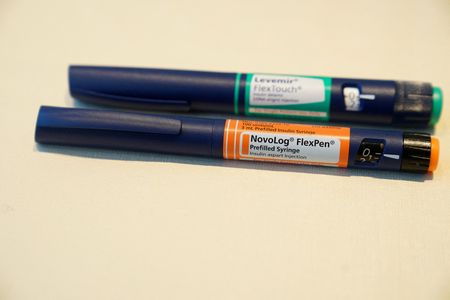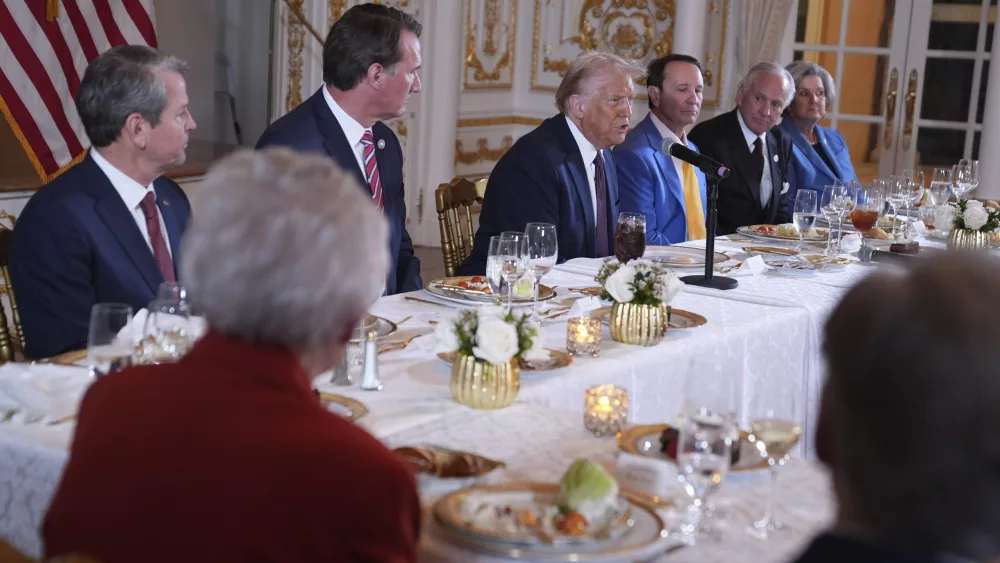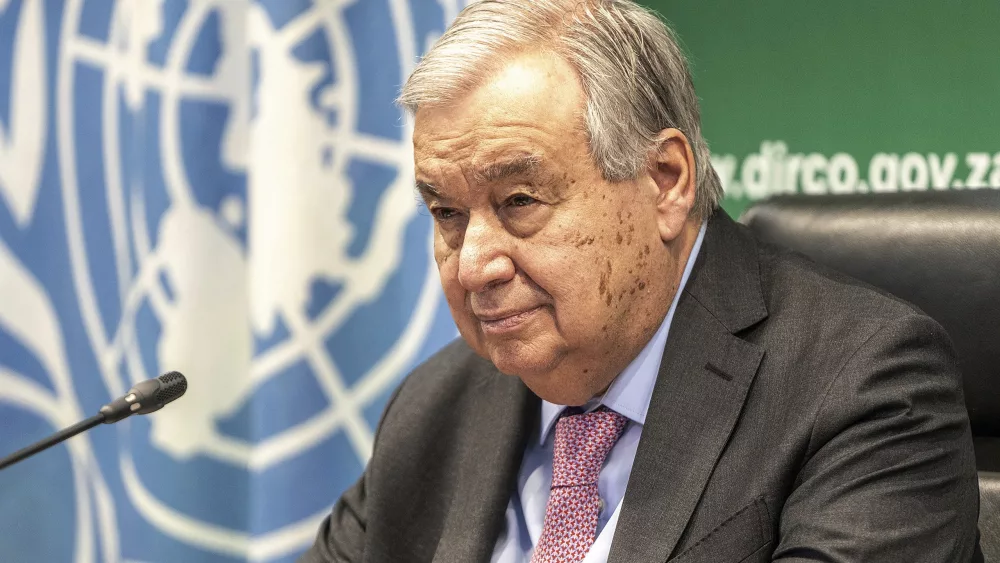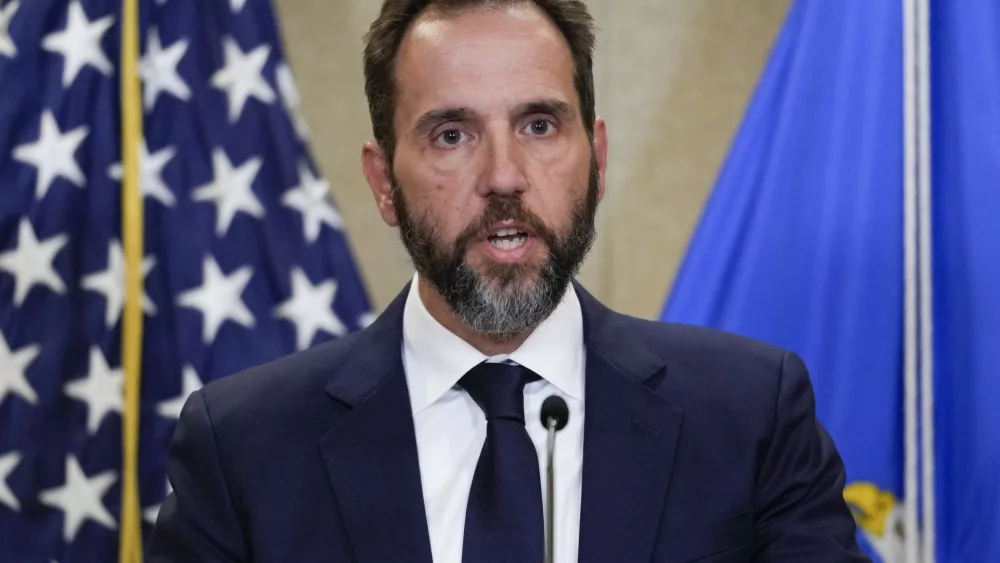By Ahmed Aboulenein
WASHINGTON (Reuters) – Vice President Kamala Harris on the campaign trail has frequently touted capping the price of insulin at $35 a month as a major accomplishment of the Biden administration, referring to a provision of the Inflation Reduction Act.
Harris, the Democratic presidential candidate, and President Joe Biden describe the cap as one of their most important health policy wins, helping those who often could not afford the life-sustaining treatment. The real-world impact is more complicated, with many diabetes patients still vulnerable to higher costs, advocacy groups say. Here’s what you need to know:
WHO DOES IT HELP?
The price of insulin has been a major flashpoint in the conversation around rising U.S. healthcare costs. Individual stories of patients having to ration the drug or skip doses, and in a few cases dying, made headlines and sparked congressional investigations.
An estimated 8.4 million people with diabetes in the United States rely on insulin to survive, according to the American Diabetes Association.
Nearly one-third of those patients were paying $35 or far more per month in 2019, according to the latest available data from the Department of Health and Human Services. The study said 20% of all insulin users paid more than $70 per month at the time, including many who were spending hundreds of dollars.
The IRA out-of-pocket cap took effect at the start of 2023. But it only applies to the government’s Medicare program for people age 65 or older and the disabled. Medicare beneficiaries make up about half of U.S. insulin users. Before the cap, 37.5% of them, or 1.5 million people, paid more than $35 a month.
WHAT ABOUT INSULIN USERS NOT ON MEDICARE?
Almost 1 million people who are either covered by private health plans, state Medicaid programs, or who have no insurance were paying more than $35 per month for their insulin in 2019, according to HHS data.
They have benefited to some extent from voluntary price cuts announced by drugmakers last year, under public pressure from Biden and U.S. Senator Bernie Sanders, among others.
The three largest insulin makers – Novo Nordisk, Sanofi and Eli Lilly – implemented price cuts of up to 78% for some of their insulin products and expanded discounts offered by patient assistance programs. None of these measures is protected by law, and drugmakers can choose to raise prices again.
WHY ARE SOME LEFT OUT?
Patient advocates say some people who are not on Medicare still pay well above $35. Their medicines originally had monthly list prices set at hundreds of dollars. Even after dramatic price cuts, a month’s supply of injector pens may still cost more than $150. Many diabetes patients also need to use a combination of insulins.
Some of the cheaper products, like Eli Lilly’s $25 Lispro, have not been available in pharmacies. Lilly announced a shortage of Lispro in March. Patients say it is still ongoing.
A Lilly spokesperson said there are currently over 50,000 Lispro prescriptions filled weekly at U.S. pharmacies which can get the drug within two days of ordering.
Novo said last year it would pull its Levemir insulin from the U.S. market at the end of 2024, months after cutting its price by 65% to $108 a vial and $162 for a 5-pack of injector pens. It has also reported shortages of NovoLog, another insulin product.
The drugmakers run patient assistance programs that cap prices at $35 or under, but can be hard to access for both patients and pharmacies, advocates say.
These programs “are no replacement for real policy. Everyone deserves consistent access to affordable insulin,” said Shaina Kasper, executive director of advocacy group T1 International. “This is a band-aid on a bullet wound.”
Kasper and other advocates have called for federal regulation of insulin prices, or even state-level manufacturing, to address the root cause of high prices.
Harris, if elected, has said she would work to expand the insulin cap for all patients. Former President Donald Trump, the Republican presidential candidate, has falsely claimed he was the one who lowered insulin costs to $35 a month for Medicare patients. He had introduced a more limited, voluntary co-pay cap that plans could choose to participate in.
WHAT DO THE DRUGMAKERS SAY?
Drugmakers blame middlemen known as pharmacy benefit managers for high drug prices. PBMs negotiate drug prices and rebates with manufacturers for their employer and health plan customers.
A Novo Nordisk spokesperson said the company’s insulin discounts of up to 75% have not been passed on to patients. “We are frustrated when the savings we provide are not realized by patients,” the spokesperson said.
The company’s NovoCare patient assistance program helped 1 million patients in 2023, the spokesperson said.
Sanofi said its patient assistance program capping co-pays at $35 for a month’s supply of insulin can be utilized by all commercially insured patients, and that it is automatically applied at the counter at participating pharmacies.
A second program for uninsured patients allows them to buy a monthly supply of any combination of the company’s insulins for $35 and was used 128,609 times in 2023, saving patients almost $62 million, according to the company.
Lilly said any of its insulins are available for $35 or less, that its savings plan helped over 100,000 people save $20 million in 2023, and will be renewed in 2025 with the same cap.
“Industry wholesalers and pharmacies decide how much of each product to make available, and pharmacies set the price they charge per vial,” a Lilly spokesperson said.
(Reporting by Ahmed Aboulenein; Editing by Michele Gershberg and Bill Berkrot)
Brought to you by www.srnnews.com







